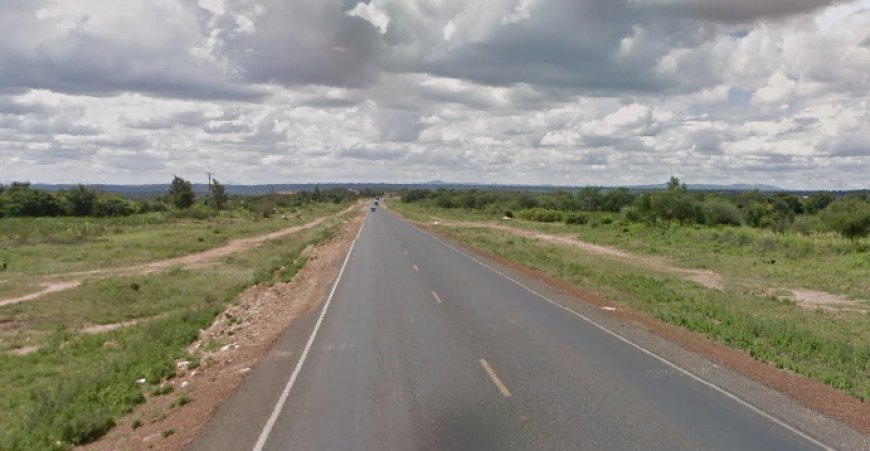KeNHA Announces Closure Of Section Of Highway Connecting Thika Road, For 3 Months
The maintenance, which involves repairs to the bridge girders and deck, is scheduled to begin on Saturday, July 26, 2025, and continue through to Saturday, November 8, 2025.

The Kenya National Highways Authority (KeNHA) has announced a partial closure of a section of the Thika–Garissa (A3) Road for a period of three months to facilitate bridge maintenance.
In a public notice issued on Monday, July 21, KeNHA stated that the traffic disruption is necessary to allow for rehabilitation works on the Kavenge (Mbakini) Bridge, located near Mbakini Centre.
The maintenance, which involves repairs to the bridge girders and deck, is scheduled to begin on Saturday, July 26, 2025, and continue through to Saturday, November 8, 2025.
Motorists travelling along the route have been urged to prepare for slower traffic flow and potential diversions during the construction period. KeNHA has indicated that a traffic management plan is being developed to help minimise congestion and ensure safety during the works.

KeNHA's logo on a major highway. /FILE
"The Kenya National Highways Authority (KeNHA) notifies the public of a temporary traffic disruption at Kavenge (Mbakini) Bridge near Mbakini Centre along the Thika-Garissa (A3) Road," announced KeNHA in part.
"The disruption will occur from Saturday, 26th July 2025 to Saturday, 8th November 2025 to facilitate maintenance and rehabilitation works on the bridge girders and deck. Motorists are advised to adhere to the following traffic management plan and cooperate with on-site police and traffic marshals."
Bridge girders are the main horizontal supports that carry the load of a bridge deck and transfer it to the vertical supports or piers. They are essentially the structural backbone of a bridge, helping it span distances and bear the weight of vehicles, pedestrians, and sometimes even trains.
Typically made from steel or reinforced concrete, girders run lengthwise beneath the bridge deck and are designed to handle both the dead load (the weight of the bridge itself) and the live load (traffic and environmental factors). They play a critical role in maintaining the bridge’s strength, stability, and overall safety.
There are different types of girders, such as I-beams, box girders, and T-girders, each suited for specific structural needs and span lengths. When girders deteriorate or are damaged—due to age, weather, or heavy usage—they may require reinforcement or replacement to ensure the bridge remains functional and safe.
The process of installing bridge girders varies based on the materials used and the size of the bridge. Given that the girders being installed along the Thika–Garissa Road are likely steel, the installation phase alone generally requires a minimum of six weeks.
When factoring in the removal of existing structural elements, carrying out precision repairs, and fitting the new girders, the entire operation is expected to take at least three months to ensure the work is completed safely and effectively.
The Thika–Garissa Road, also known as the A3 Road, is a major highway in Kenya that connects the industrial town of Thika to the northeastern town of Garissa. Stretching over several hundred kilometres, the road serves as a critical transport corridor linking central Kenya to the northeastern region, facilitating the movement of goods and people between these areas.
While the Thika–Garissa Road itself does not directly form part of the Thika Superhighway, it connects to it at Thika town. The Thika Superhighway, which runs from Nairobi to Thika, ends in Thika town, where it transitions into the Thika–Garissa Road.
Essentially, the Thika–Garissa Road acts as a continuation of the highway network, extending the flow of traffic from the Superhighway further into the interior and northeastern parts of the country.
This makes the Thika–Garissa Road an important link for trade, particularly for businesses transporting goods from Nairobi and central Kenya to Garissa and other northeastern regions.







